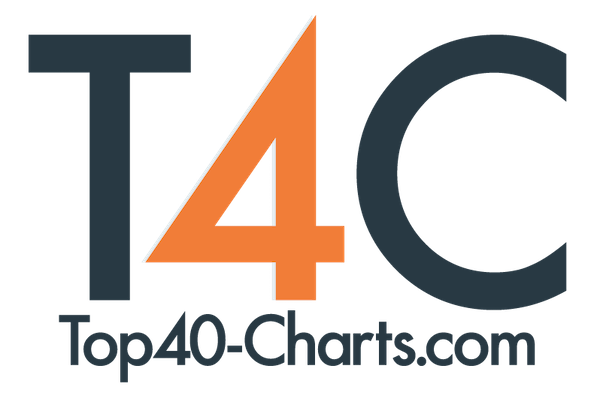New York, NY (Top40 Charts) Teach yourself how to read music by studying the central terms and techniques used to write and produce musical scales, chords, and tunes.
Playing music by ear is a unique talent, and can be useful to imitate your favourite piano or guitar song. However, it is also quite beneficial to learn how to read and write music. The study of music is called 'music theory'. The ability to read and write musical notes as well as being an essaywriter will provide you with a concrete understanding of music composition, and teach you easier techniques to understand rhythm, chords, and the linkages between each.
Music theory courses and studies will give you the ability to play more complex songs and compose your own music.
Defining the Pitch - The Beginning Sound
In musical standards, a pitch is the sound or note that can travel higher or lower. Pitches can be produced with an instrument, as well as a hum or voice. Recording pitches require the use of 'staff notation'. Staff notation means writing down a pitch in the form or musical notes. This requires the use of a 'stave' (or staff), which is a set of 5 horizontal lines. Higher-sounding notes are placed higher up on the stave, and lower-sounding notes are placed on the lower part of the stave.
Treble and Bass Clef - Which to Use?
Observe the staff notation on a stave. These notes represent the pitches. It is difficult to know what these notes are unless there is a treble or bass clef symbol placed at the beginning of the stave. Each clef symbol dictates what the notes are, and where they are played on an instrument.
Treble clef is used for higher pitches, and bass is used for lower pitches. Some instruments utilize both clefs in music notation, such as the piano.
The treble and bass clef symbols have separate and unique shapes. The treble clef resembles a sea-horse, while the bass clef is like an ear with two dots to its right.
How Are Notes Written on a Stave?
Look at the staves (horizontal lines) on any sheet music. You will see a variety of noteheads that are either filled in or 'hollow'. Noteheads can be placed in two places on a stave: on top of a line, or between 2 lines. Each of these notes correspond to a pitch sound based on 2 criteria: the clef symbol, and where they are placed on the stave. To succeed in music school, you should remember that a stave consists of 5 lines, and 4 in-between spaces.
Identifying Notes on the Treble and Bass Clefs
The 5 stave lines, along with the 4 spaces, each corresponding to a letter that determines the note pitch or sound. To determine what the letter of a note is, first observe the clef placed on the stave. Remember to always begin labeling notes from the bottom line or space, and work your way to the top.
What are the treble clef notes?
-
the notes on the 5 lines are labeled, E, G, B, D, F (beginning with 'E' on the bottom line, and 'F' on the top line)
-
the notes on the 4 spaces are labeled, F, A, C, E (beginning with 'F' on the bottom space and 'E' on the top space)
What are the bass clef notes?
-
the notes on the 5 lines are labeled, G, B, D, F, A (beginning with 'G' on the bottom line and 'A' on the top line)
-
the notes on the 4 spaces are labeled, A, C, E, G (beginning with 'A' on the bottom space and 'G' on the top space)
The Importance of Correctly Memorizing Music Notes
Note the distinction between notes placed on the lines, and notes placed in the spaces of a stave. It is important to correctly memorize the music notes that correspond to both the treble and bass clef.
For treble clef, notes on the lines are EGBDF, and the notes in the spaces are FACE.
For bass clef, notes on the lines are GBDFA, and notes in the spaces are ACEG.
Accidentally playing notes for one clef instead of another will produce incorrect melodies. Every learner utilizes a different learning technique via learning style to remember the notes for treble and bass clef. One method includes assigning acronyms for each set of notes.
It is normal to make several mistakes or find music theory courses challenging during the beginning stages. It is important to therefore persevere and avoid giving up. After beginning to read or play simple melodies, you will find that the key to success is familiarity with the letters instead of blunt memorization.
The Next Step
Practice on your instrument with beginner or kids sheet music worksheets. You will begin to determine the notes that correspond to each key on your instrument. For better concentration, play in a separate music room and dedicate at least 25 minutes of continuous practice a day.
For better results, enroll in online music theory courses or in-person music classes to master the craft of your favorite instrument. Teaching yourself music theory composition makes for a good hobby, as well as learning a new skill.
























